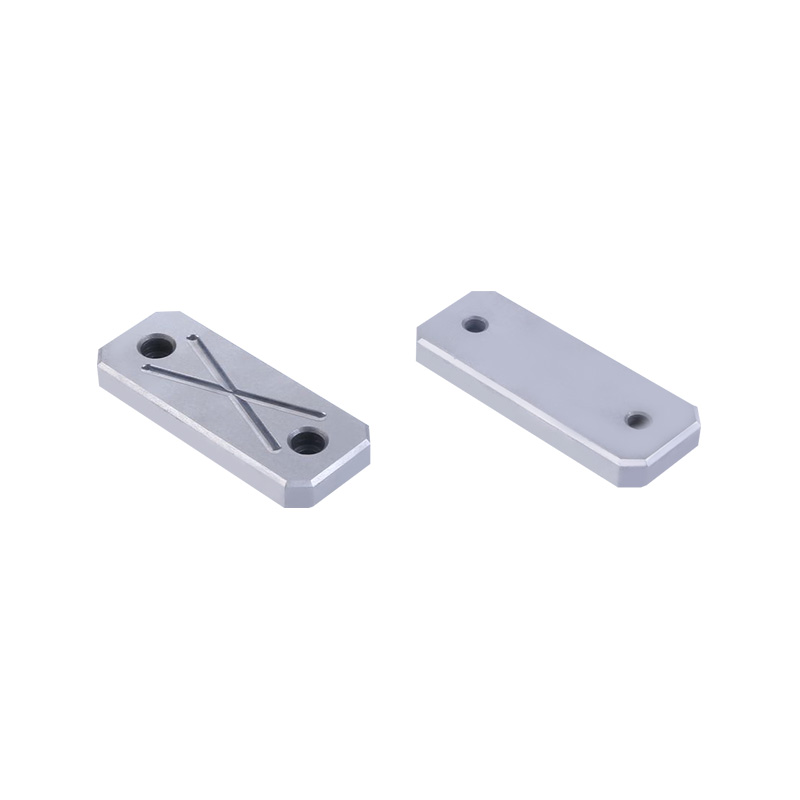Email: [email protected]
The Importance of High Strength and Impact Resistance in Mold Pressing Strips
In the manufacturing industry, the quality and durability of mold components play a vital role in the efficiency and precision of production processes. Among these components, the Mold Pressing Strip is crucial for ensuring stable and reliable molding operations. One of the primary product advantages of the Mold Pressing Strip is its high strength and impact resistance. These characteristics make it suitable for enduring the demanding conditions within mold presses, ultimately contributing to better product quality and longer tool life.
The Mold Pressing Strip is designed to withstand significant pressure and mechanical stress during molding operations. This high strength is often achieved through the selection of robust materials and precise structural engineering. Materials commonly used for Mold Pressing Strips include high-grade steels and specialized alloys that provide hardness and toughness. Such materials allow the strip to resist deformation and maintain its shape even under heavy loads, which is essential for consistent molding results.
Impact resistance is another critical feature of the Mold Pressing Strip. During molding, the strip frequently encounters sudden forces and shocks as parts are pressed and released. A Mold Pressing Strip with strong impact resistance can absorb and disperse these forces without cracking or breaking. This resistance not only prevents downtime caused by part failure but also ensures operator safety and maintains production flow.
The structural design of the Mold Pressing Strip contributes significantly to its ability to handle high pressure and impact. Many Mold Pressing Strips are engineered with reinforced cross-sections and optimized profiles to enhance strength without adding unnecessary weight. This balanced design approach ensures that the strip remains durable while also fitting seamlessly into the mold assembly. Additionally, the design often includes considerations for stress distribution, reducing the risk of localized weaknesses or stress concentration points.
Durability in the Mold Pressing Strip reduces the frequency of maintenance and replacement. Frequent tool changes can disrupt production schedules and increase costs. Using a Mold Pressing Strip that offers wear resistance and toughness allows manufacturers to maintain consistent output over longer periods. This durability is especially important in high-volume or continuous molding operations where tool longevity directly impacts profitability.
Another benefit of the high-strength, impact-resistant Mold Pressing Strip is its contribution to product quality. A stable pressing strip ensures that molds close evenly and maintain precise alignment during each cycle. This stability helps in producing parts with accurate dimensions and smooth surfaces, meeting strict quality standards. Poor-quality pressing strips can to uneven pressure, causing defects such as warping, flashing, or incomplete filling.
Manufacturers often complement the mechanical strength of the Mold Pressing Strip with surface treatments to enhance its performance. Treatments such as heat treatment, nitriding, or coating can increase hardness, reduce friction, and improve resistance to corrosion. These surface enhancements further extend the lifespan of the Mold Pressing Strip, making it a cost-effective choice for demanding industrial applications.

The importance of the Mold Pressing Strip in various molding applications cannot be overstated. Whether used in plastic injection molding, die casting, or compression molding, the strip must reliably endure mechanical stresses to ensure consistent results. Its high strength and impact resistance allow it to perform well under these diverse conditions, supporting the production of components across automotive, electronics, consumer goods, and other industries.
In addition to mechanical properties, the precision in manufacturing the Mold Pressing Strip is vital. Tight tolerances ensure that the strip fits perfectly within the mold assembly, working harmoniously with other components. Precision manufacturing also means that the Mold Pressing Strip will maintain its form and function over time, avoiding alignment issues and unnecessary wear.
Safety is an additional aspect enhanced by the high-strength design of the Mold Pressing Strip. Molds operate under significant forces, and component failure can pose risks to machine operators and production staff. Using a robust Mold Pressing Strip minimizes the chances of sudden failure, contributing to a safer working environment.
In summary, the high strength and impact resistance of the Mold Pressing Strip are essential for achieving stability, durability, and quality in molding processes. These properties allow the strip to withstand heavy pressures and sudden shocks, ensuring reliable and consistent mold performance. With careful material selection, structural design, and surface treatment, the Mold Pressing Strip becomes a durable component that supports efficient production and meets the demands of various industries.
Choosing the right Mold Pressing Strip means investing in the longevity of your molds and the quality of your products. As manufacturing continues to evolve with higher precision and faster cycles, the role of a strong, impact-resistant Mold Pressing Strip remains fundamental to success.
Get in touch
Related recommendations
